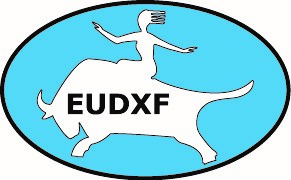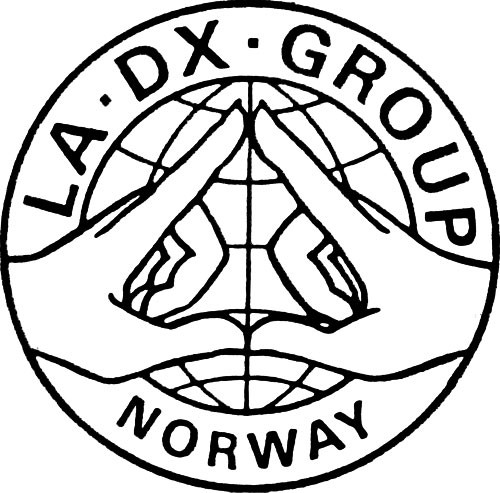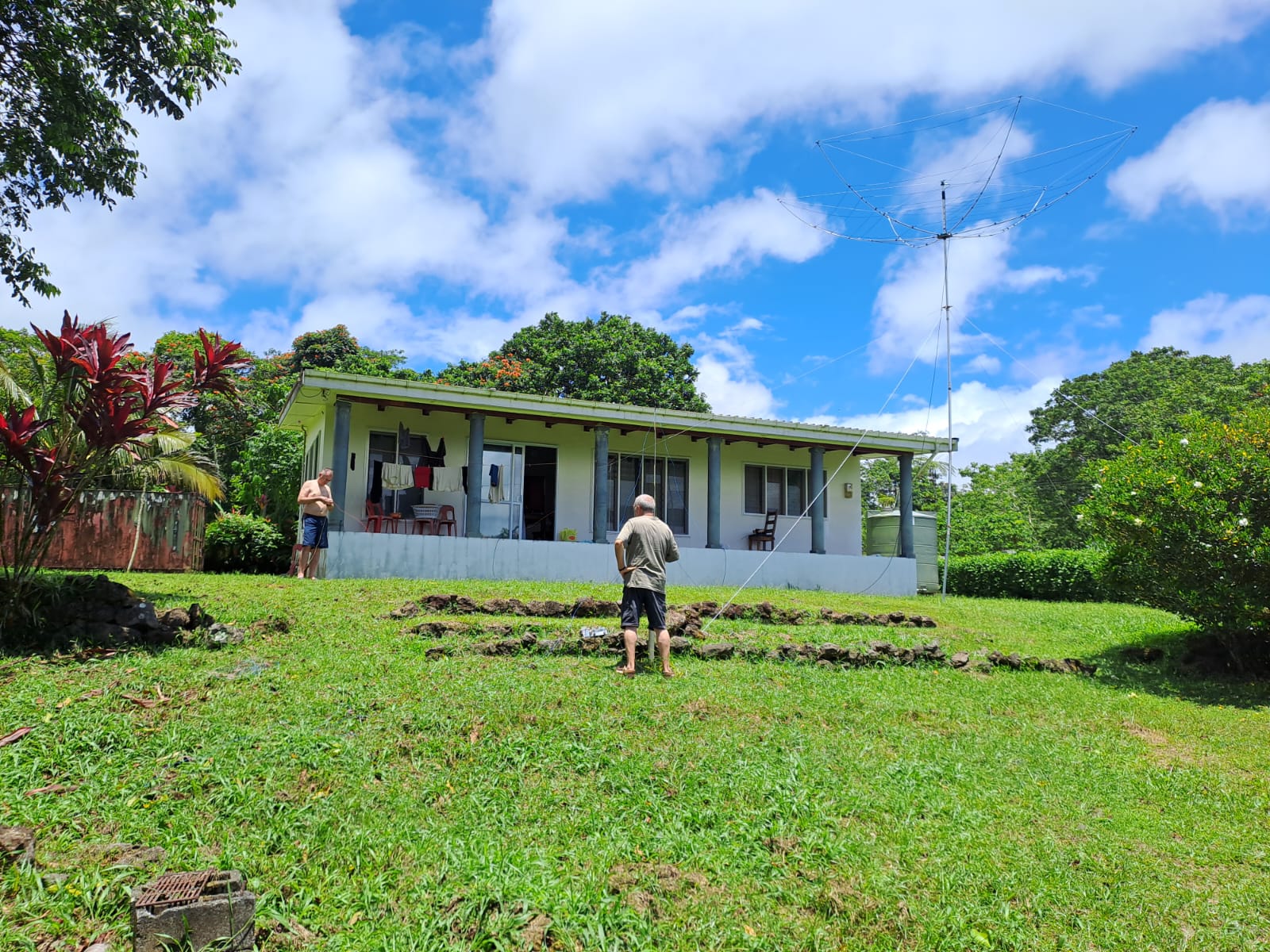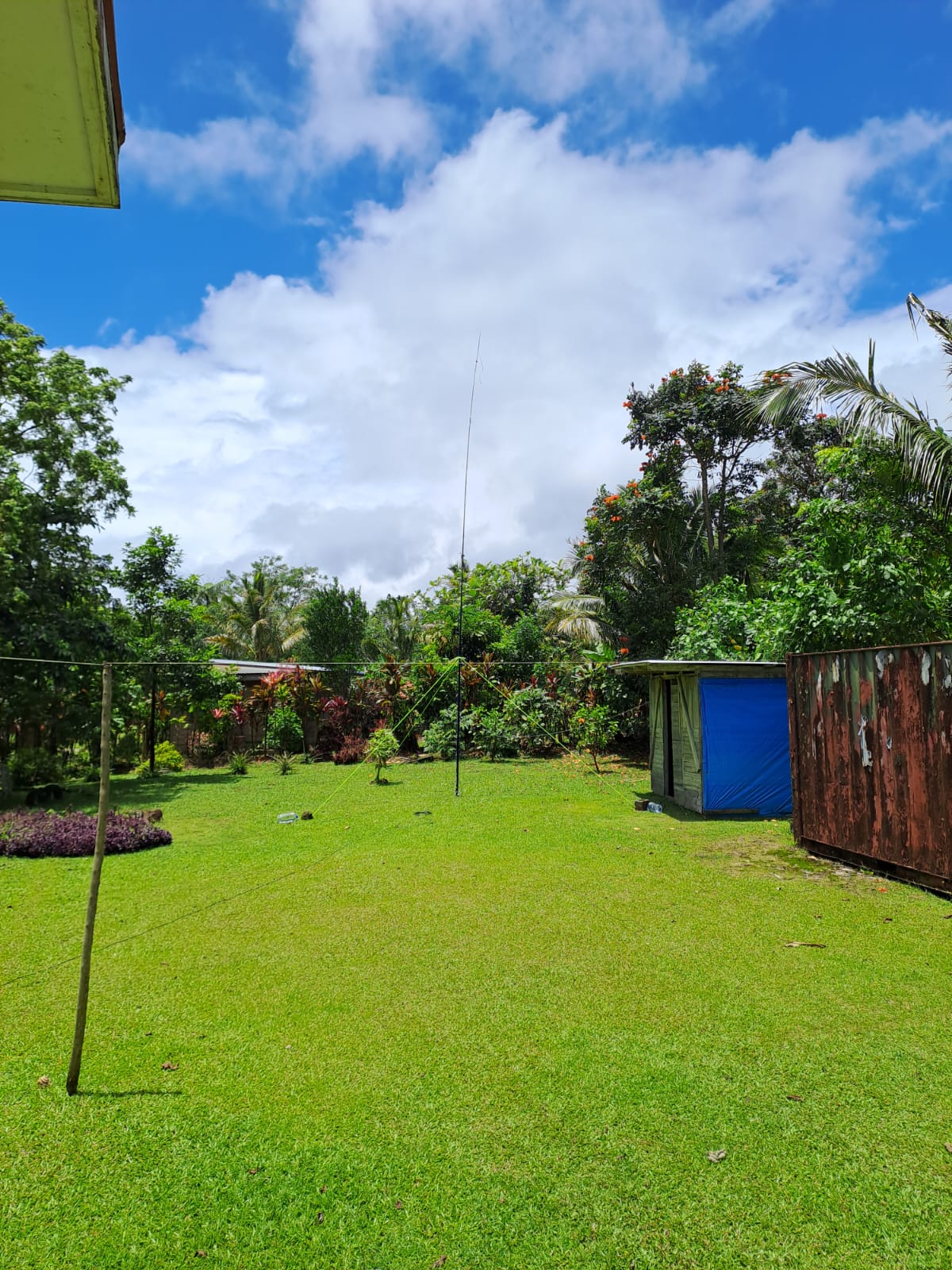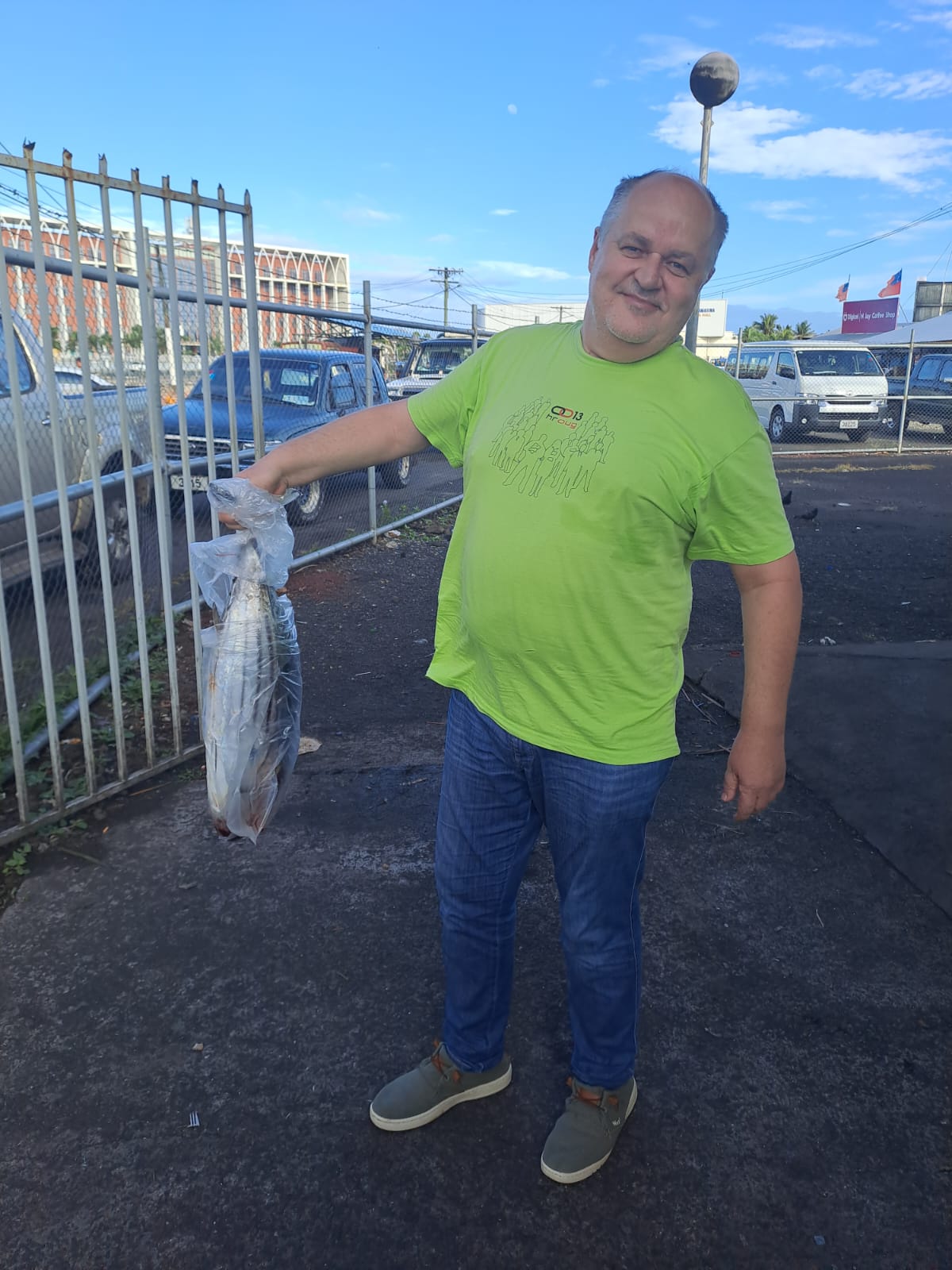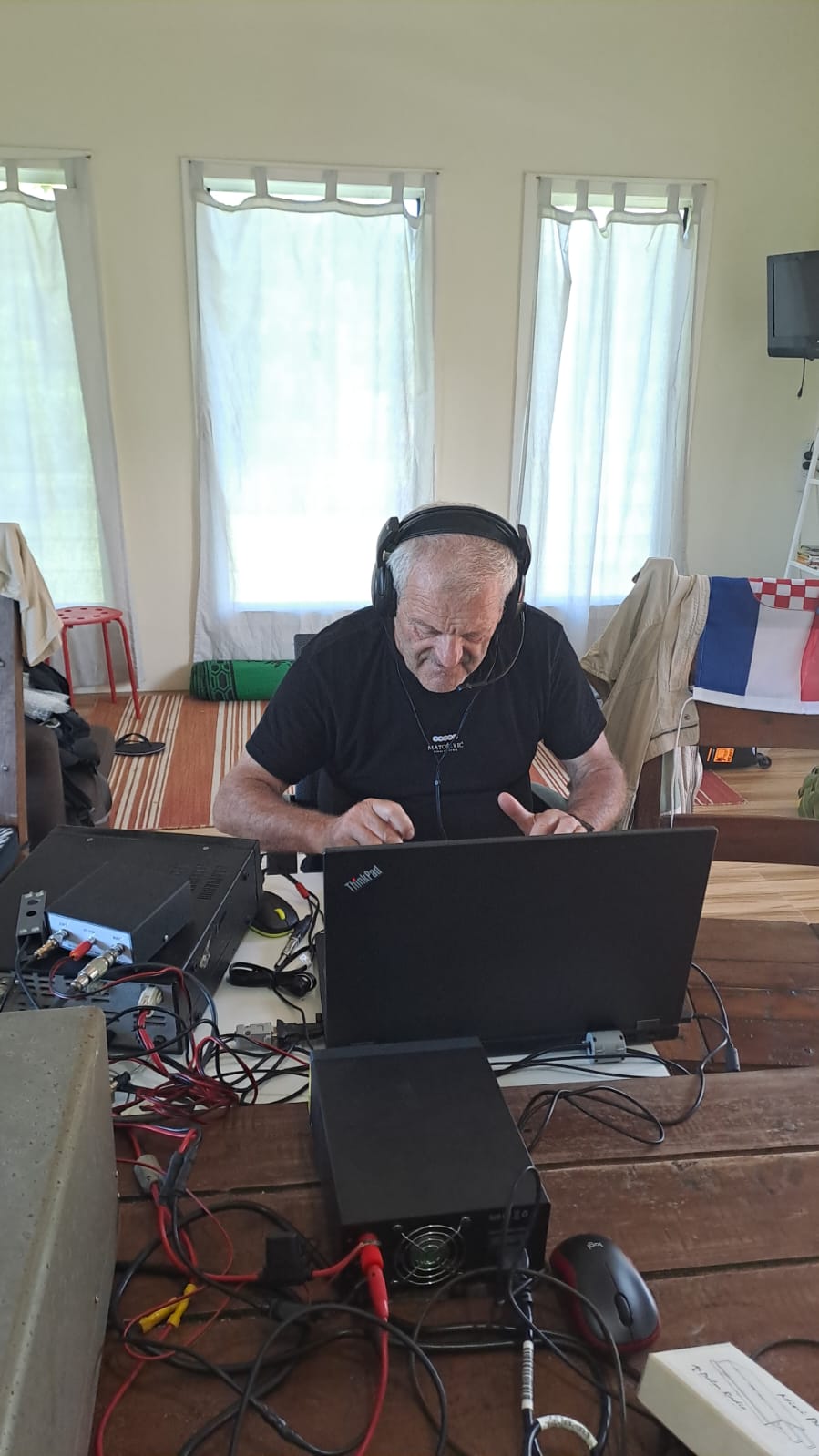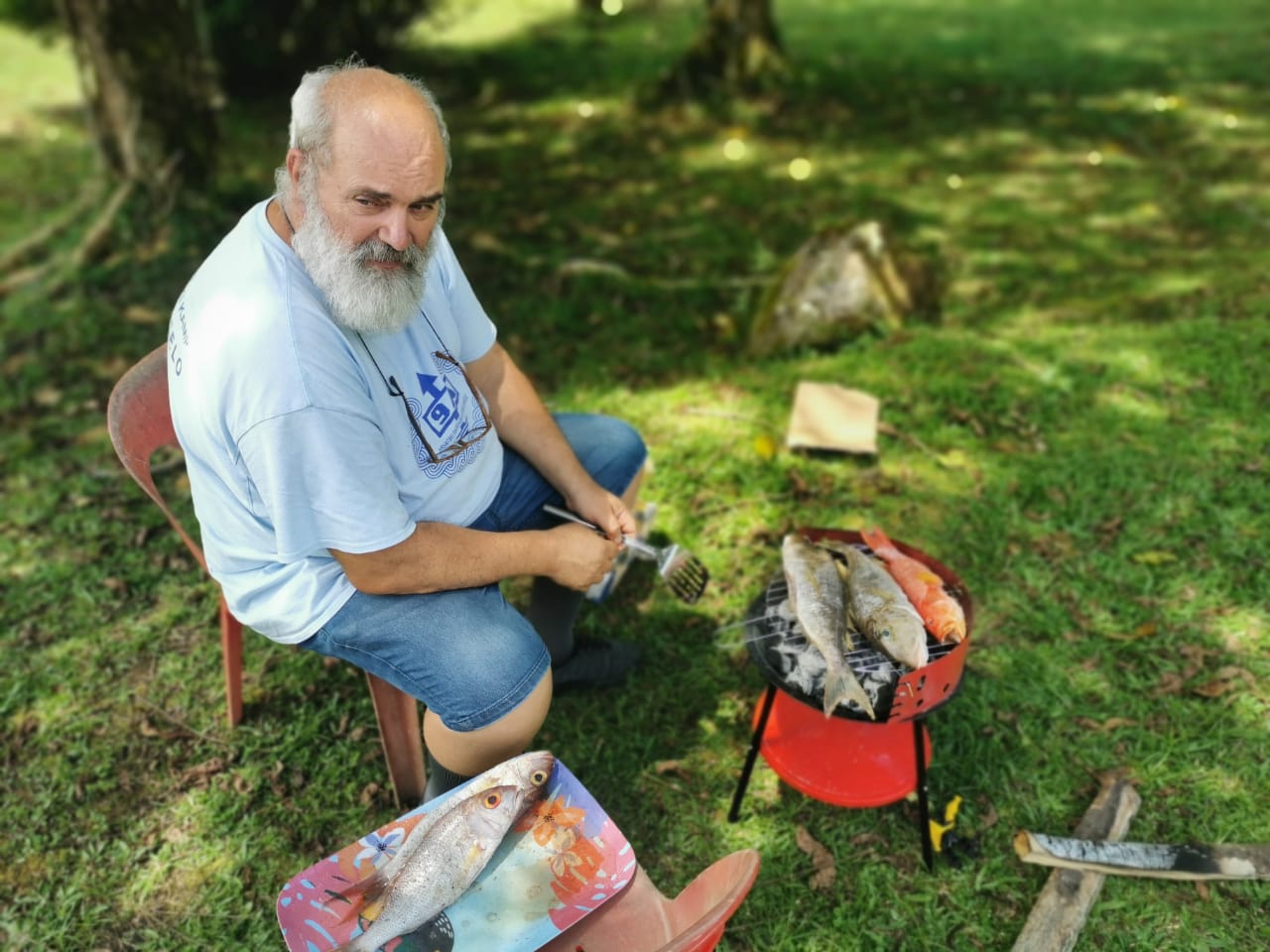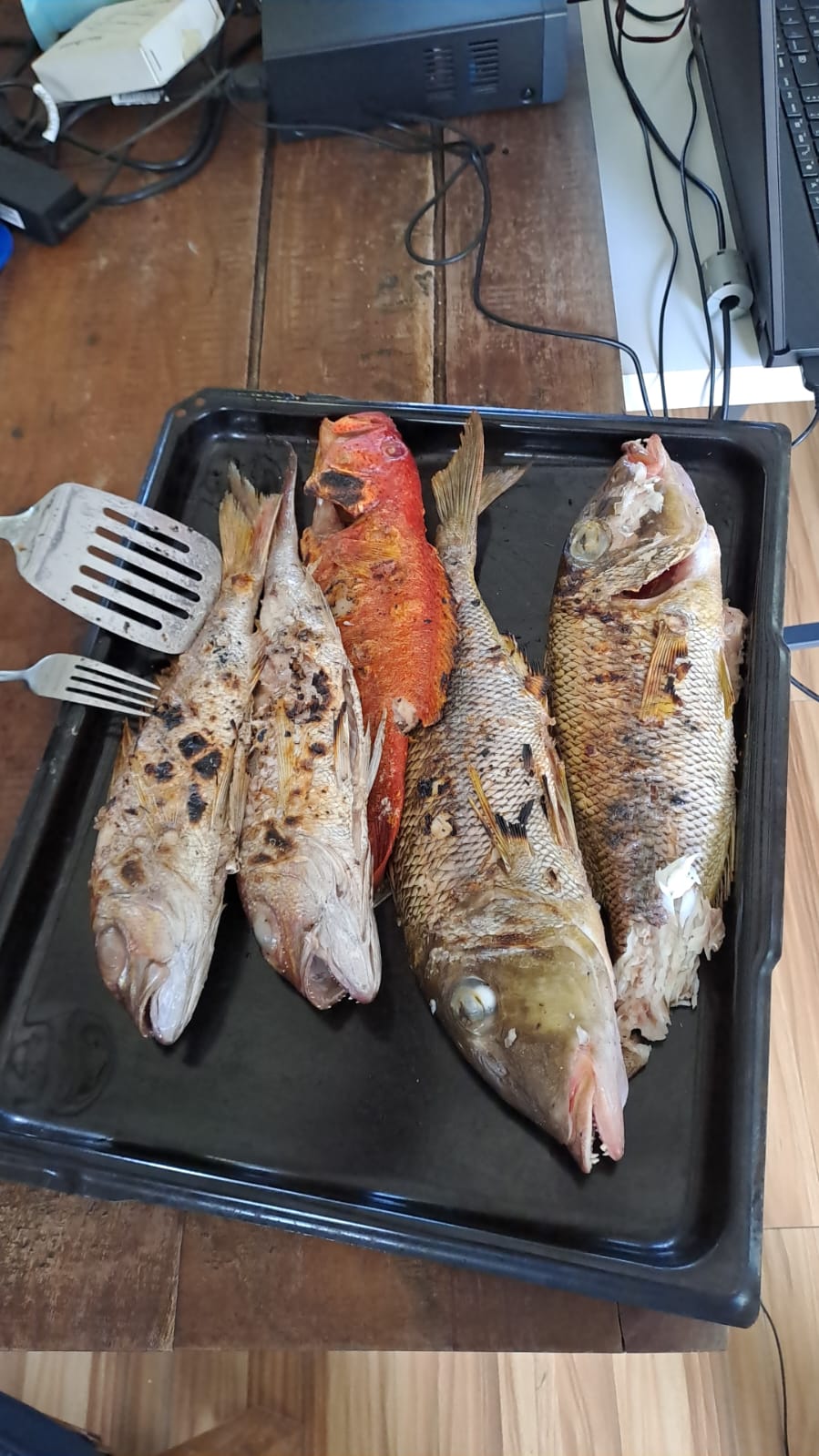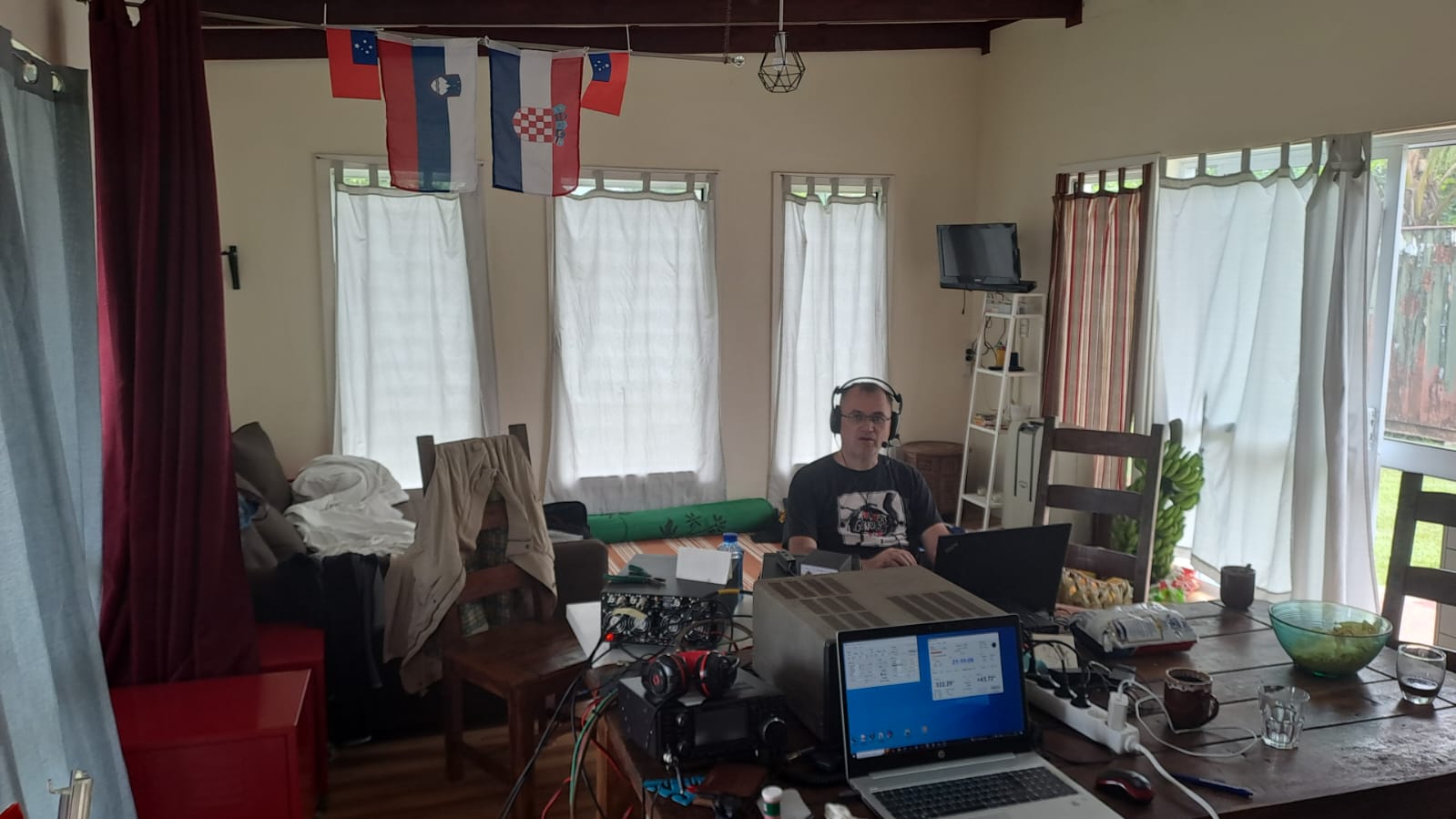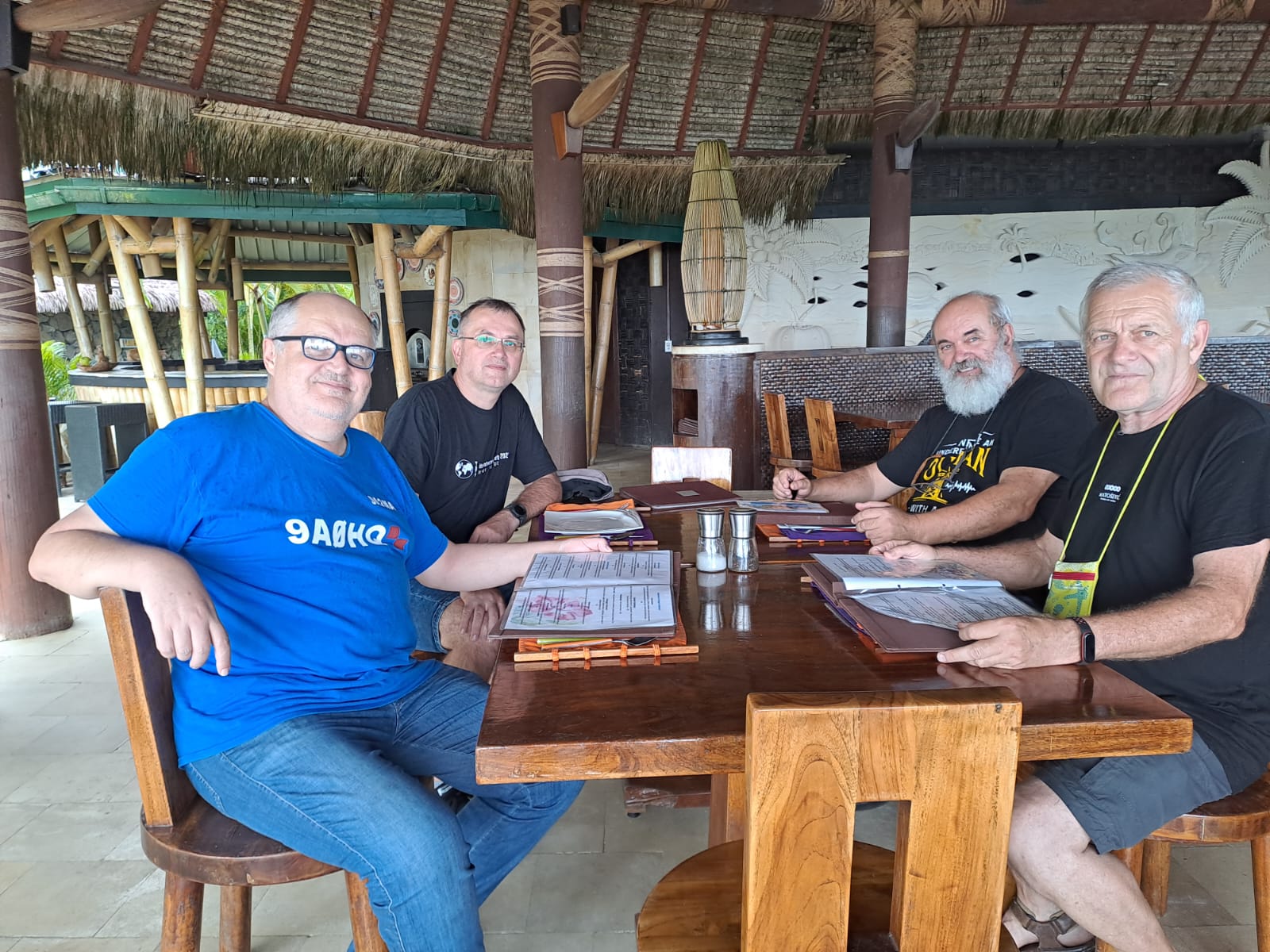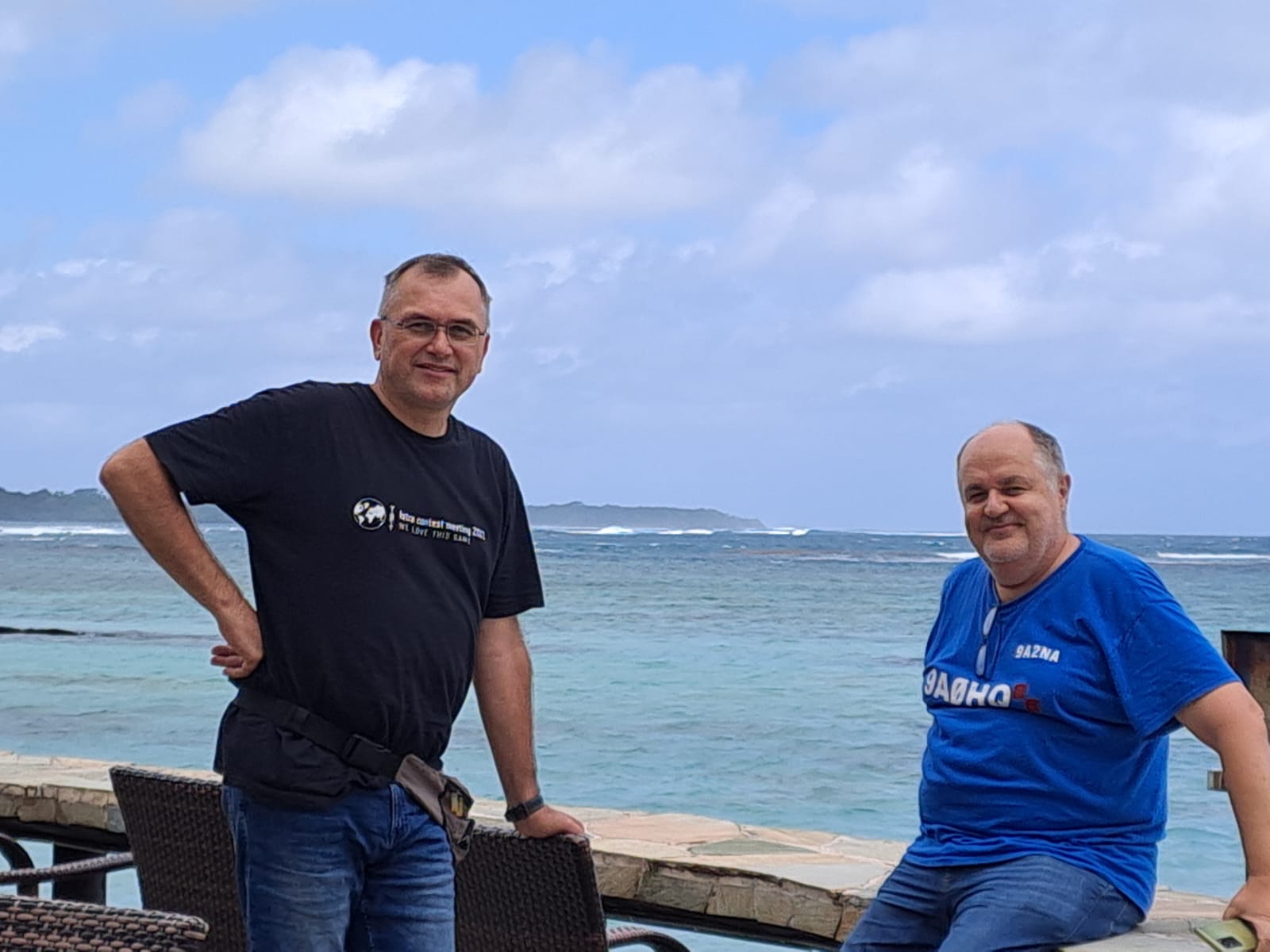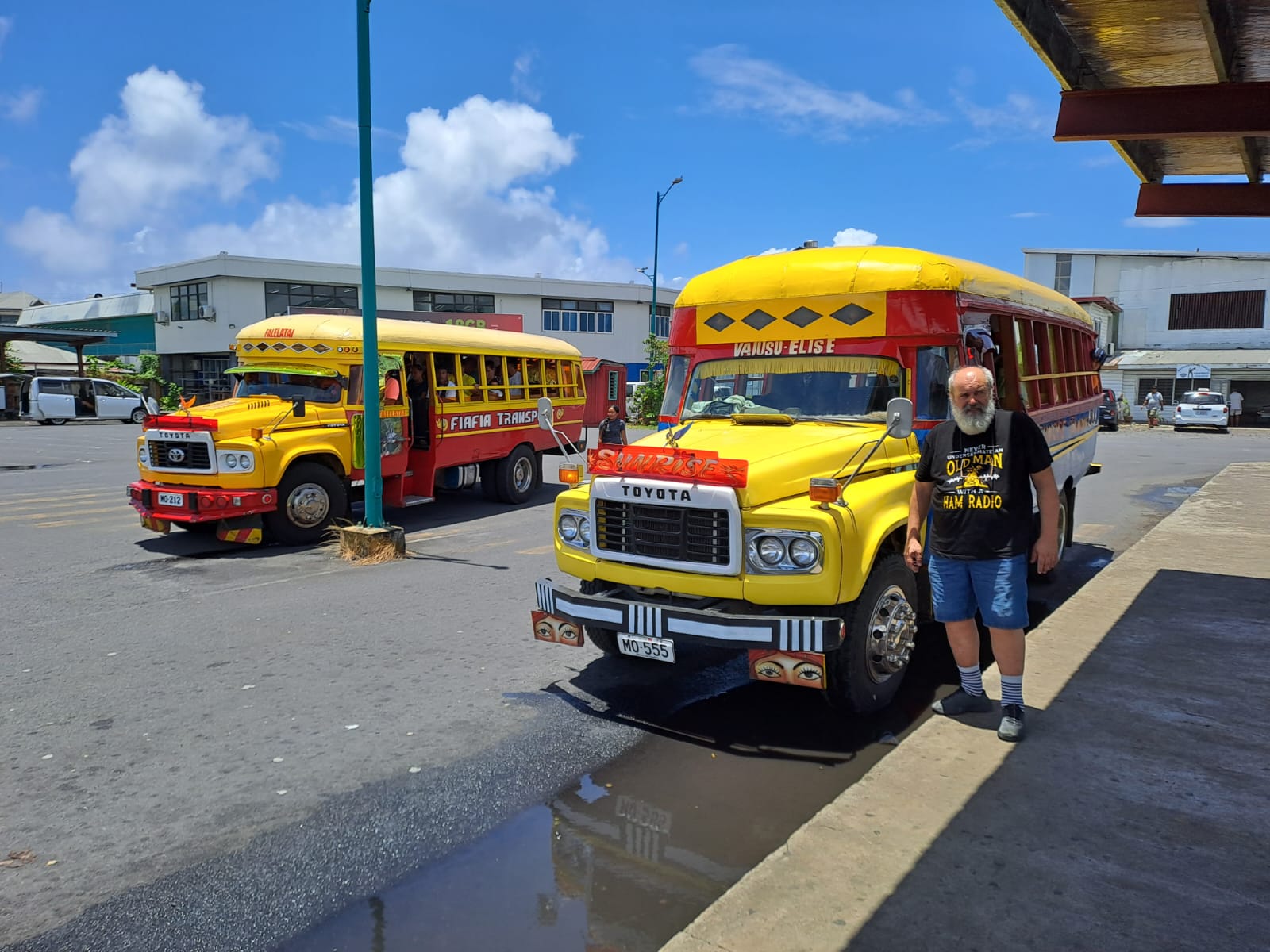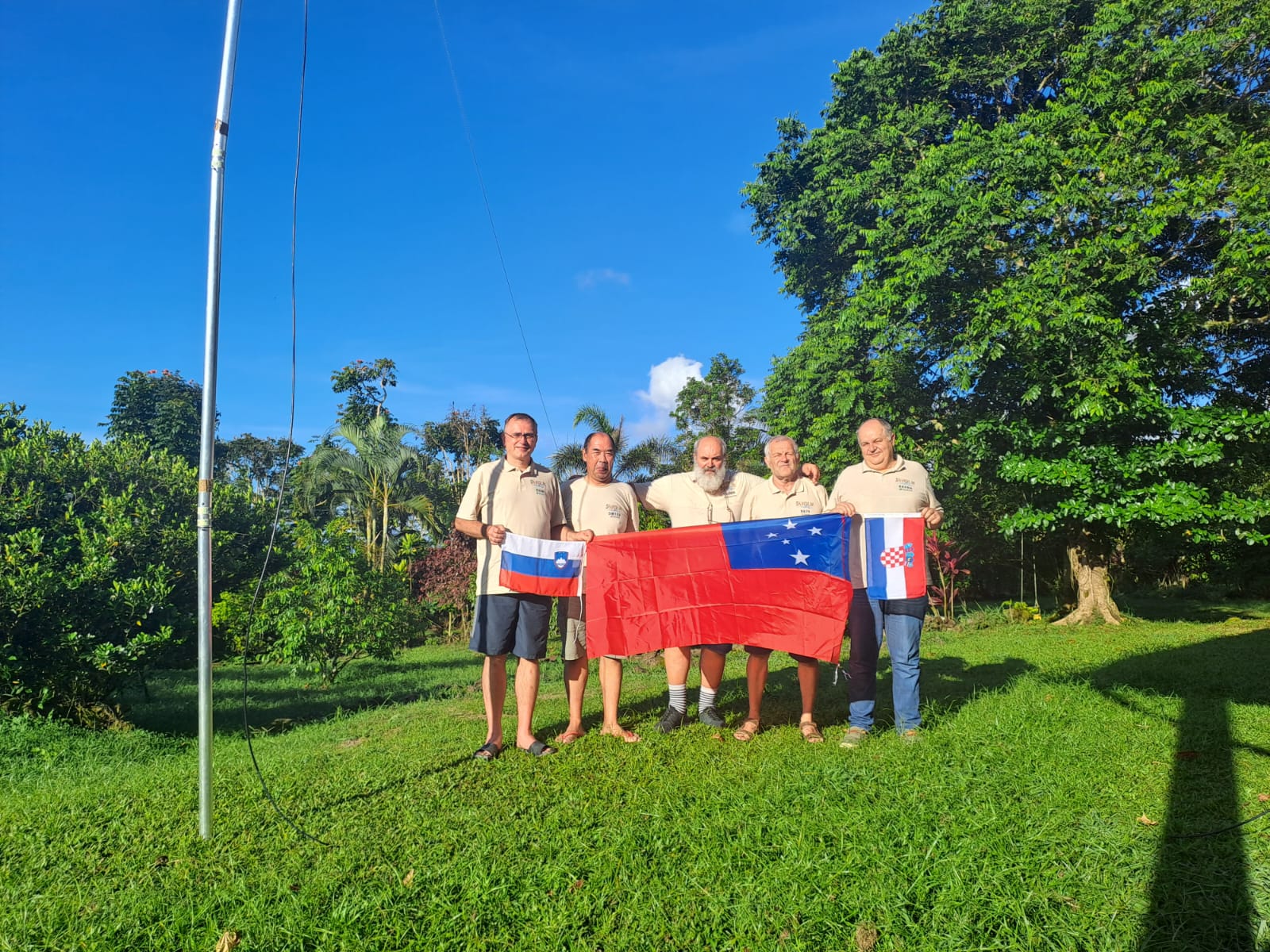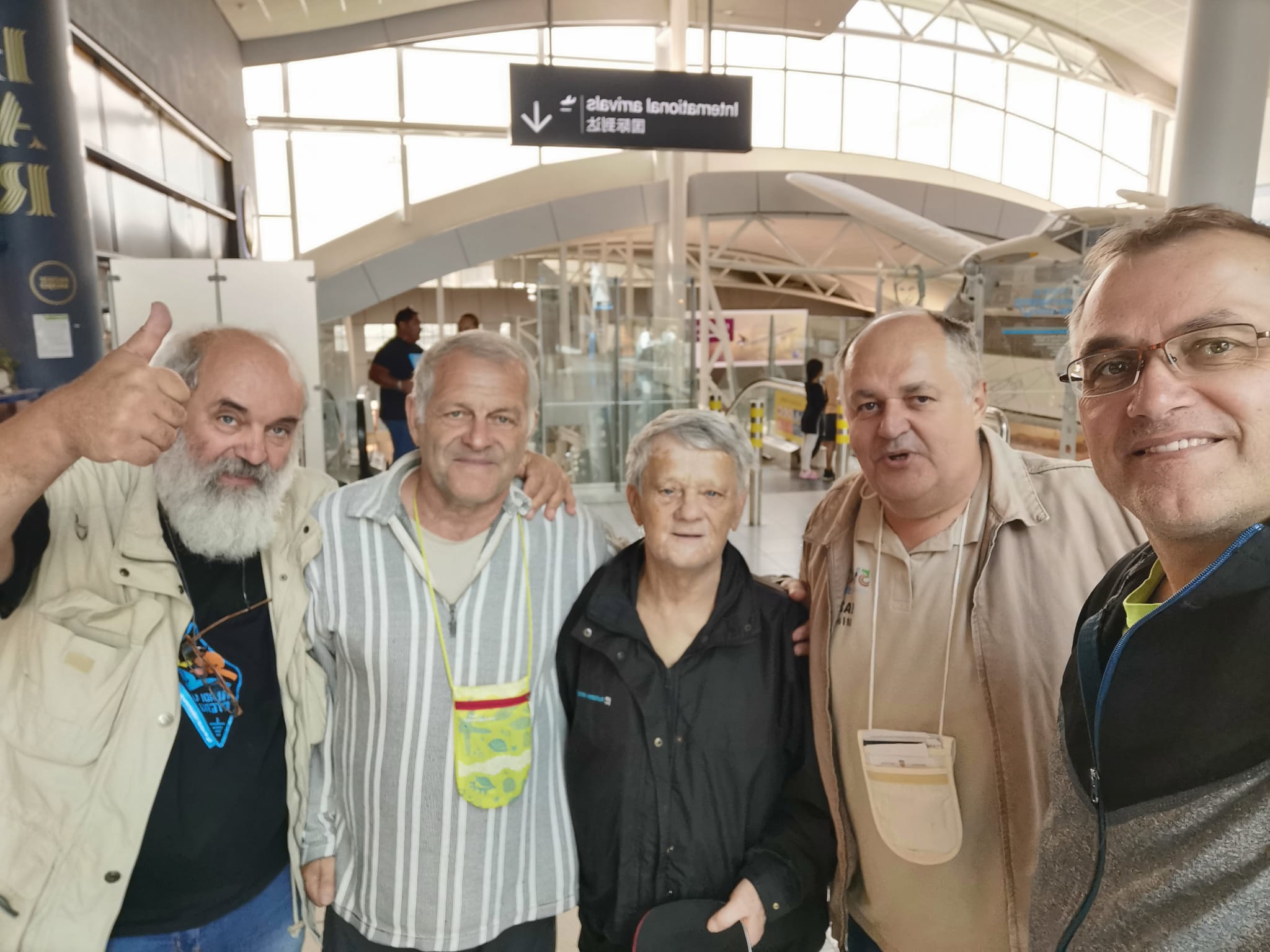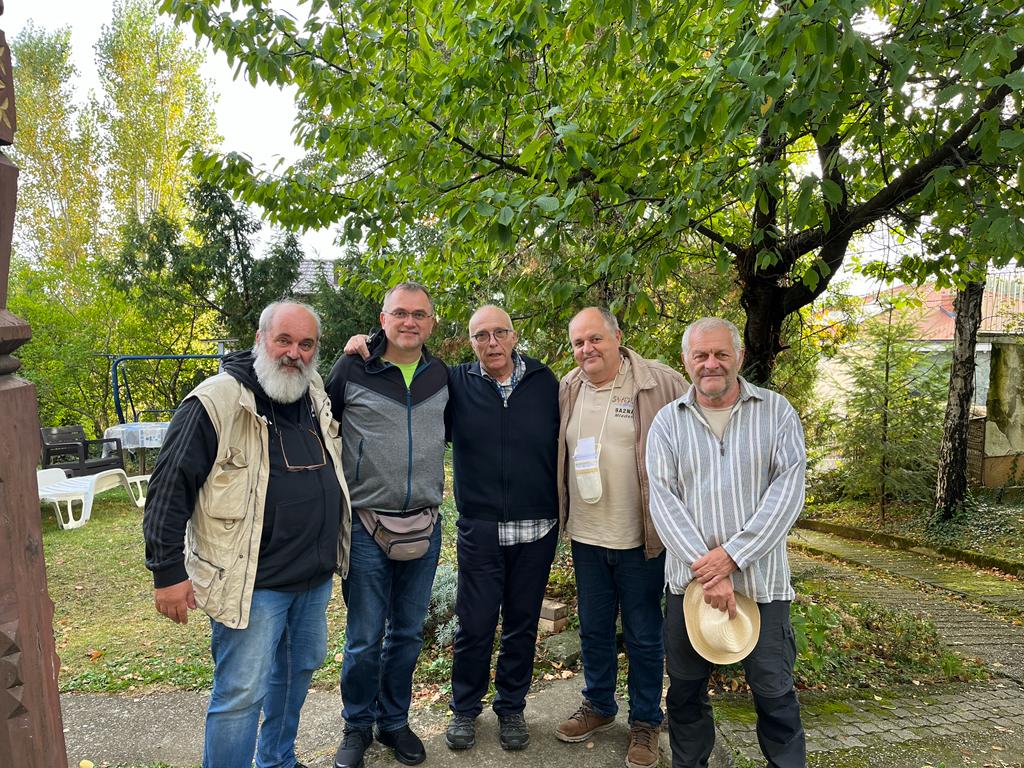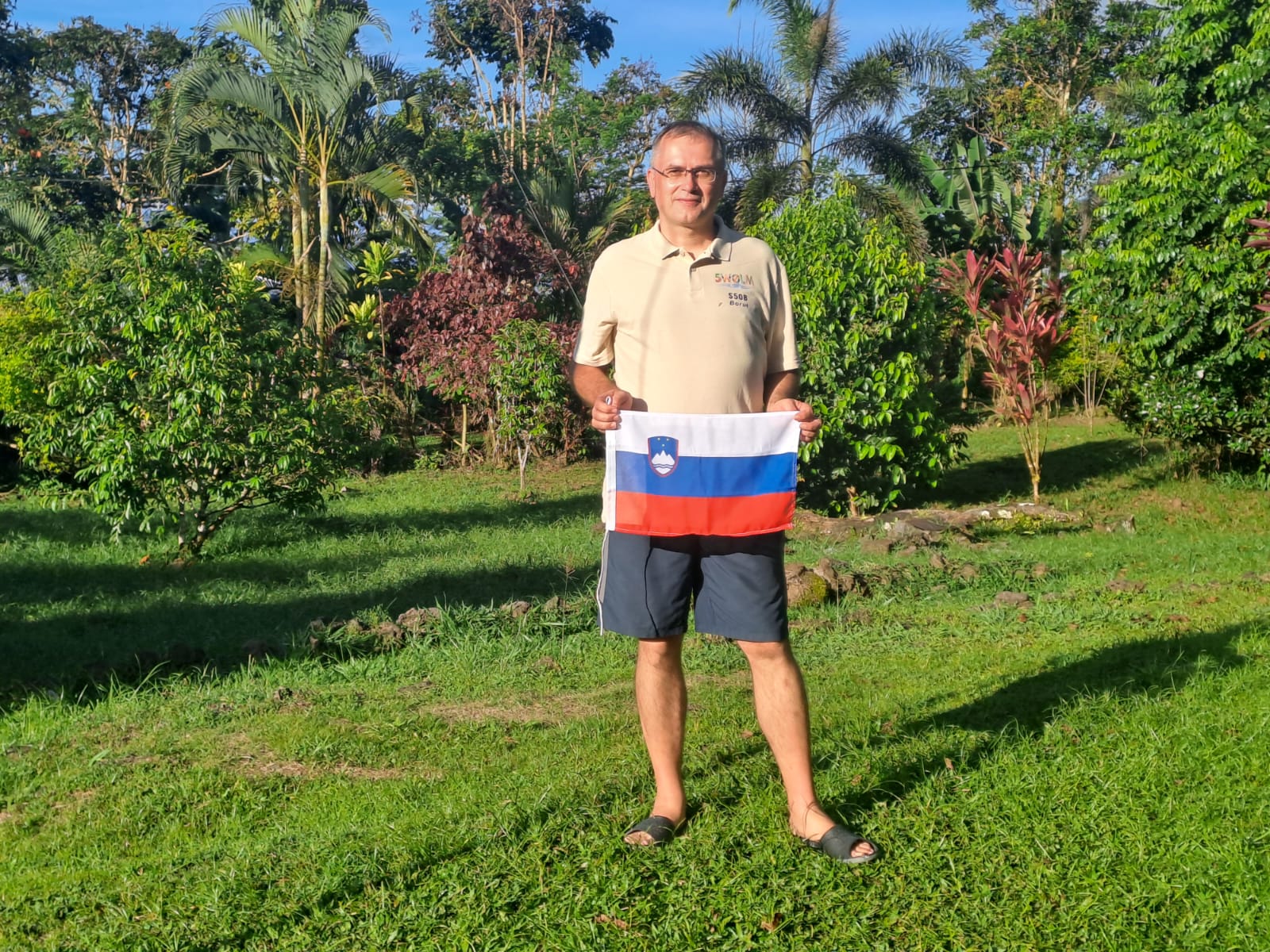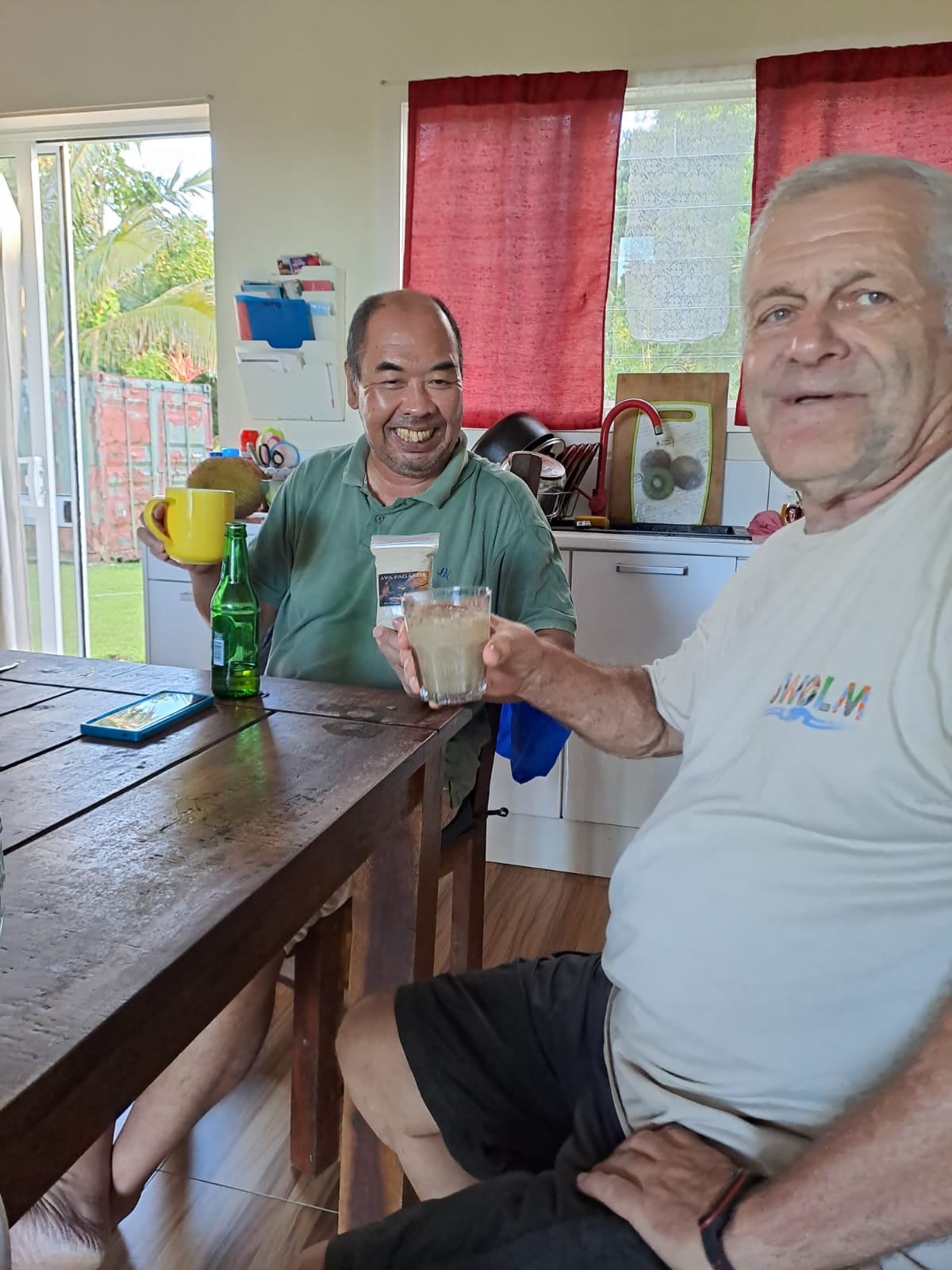
The idea to go on a DX expedition was born while hanging out during the CQWW CW competition at the location of Radio Club Poreč 9A1P 25/26 November 2023. Then part of the TO19A team, Livio 9A7Y, Mladen 9A2NA and I, Rolando 9A3MR, met and we remembered beautiful days spent in Reunion, so the idea of going on another expedition under the motto “the further the better” came up as a natural sequence. Borut S50B also joined this idea, after all, something like that is the dream of every radio amateur. The original idea was to go to the Marquesas islands, the ticket to get there would not be too expensive, and from a radio amateur point of view, it is a relatively interesting entity.
After returning home, I started researching, contacted several publicly published addresses in the Marquesas Islands, but the response was very poor. Now it is difficult for me to say whether it was due to the language barrier or whether it is about addresses and links that are inactive. With all that said, there is no rental site that meets the DX criteria. Either they are small houses that do not have a garden or they are houses by the beach at the bottom of the bay surrounded by high peaks. It is difficult to do a good expedition in such conditions when the station is closed in key directions.
However, we gave up on the Marquesas and considered North Cook, an attractive entity. Unfortunately, the trip turned out to be too expensive and the baggage limit of only 10 kg on the Rarotonga (South Cook)-North Cook flight killed any desire for an expedition to this pearl of the Pacific.
In the end, Samoa proved to be an attainable goal. Currently there are active Atsu 5W1SA, mainly LP FT8 on higher bands and Sigfrido 5W0RS which works mainly on 20m SSB. There is still plenty of room to do CW as well as try to do something on the lower bands, from 160 to 30 meters.
The first step was to rent a temporary QTH in Samoa. A dozen links on various rental platforms were viewed. The criterion was that the house has enough space for the members of the expedition, that there is enough space for antennas and a good view to the north. Sea gain would also be desirable, but it turned out that the resorts by the sea are mostly small bungalows, quite expensive and with little space for antennas, and the question is how the guests in the neighboring bungalows will accept radio amateurs as neighbors.
Two houses on the hill above Apia, the capital of Samoa, were shortlisted. The owner of the first house flatly refused us when she found out that we were going to install amateur radio antennas. The owner of the second house offered maintenance to the agency, and I exchanged ten e-mails with the agency representative until I convinced him that we are not spies or terrorists and that we will get a permit from the competent agency of the state of Samoa.
That agency is called the Office of the Regulator and an application for a Samoan call sign can be downloaded from the web. The office official, Mr. Aleksander, answered the contact e-mail very quickly and requested that all members submit an application for a permit. Communication with the Office lasted over two and a half months, and although I asked to be issued a single license with a one-letter sign, in the end we received individual licenses, Livio 5W0LM, Mladen 5W0MV, Borut 5W0BG and I 5W0MR. In order not to make a mess of bands, we chose Livius’ sign as the main sign of the expedition: 5W0LM
The permits arrived on May 1st, and that’s when the turning point comes, after which there is no turning back. On May 8, plane tickets were purchased without refund in case of cancellation. We leave from Zagreb airport on September 29, and the route takes us through Doha and Auckland to Apia. The longest flight, the one from Doha to Auckland lasts over 17 hours and is one of the longest commercial flights!
In parallel with solving administrative issues, technical issues were also resolved. From devices we have TS590 and IC7300, amplifier SPE 1k5 and from antennas there is Hexbeam, DX commander multiband vertical, shortened vertical for 80/160m with tunning unit at the bottom. Steve, HA0DU donated to us a 7el Yagi for 6m that fits in a regular suitcase when disassembled. Although it is possible to buy tubes for an antenna pole in Samoa, the idea prevailed to make the poles at home and to test all the antennas before departure. We were helped by Mirko 9A6KX who assembled a Yagi for 6m and a DX Commander vertical as part of the Youth Summer Radio Amateur Camp on Mosor.
Along with 4 tickets to Apia, we also received 4 “checked” bags. It is quite a big problem to fit 90 kg of equipment into those four bags, especially if the weight allowance varies from flight to flight. The permitted weight from Zagreb to Auckland is 30 kg and from Auckland to Apia is 23 kg. You can pay extra for the extra 7 kg, but the airline reserves the right to refuse transport and send the suitcase as cargo with a questionable delivery date.
Update 09/25/2023.
Last night, an online video meeting of the members of the expedition was held, the equipment lists and the arrangement of bags were checked. As we established contact with Atsu 5W1SA, who turned out to be a very cordial and accommodating radio amateur, we are no longer so worried about whether we will bring everything we need because Atsu has promised support. By a lucky coincidence, the QTHof 5W1SA is only 500 meters from our location, also in the village of Malololelei.
4 more days until departure..
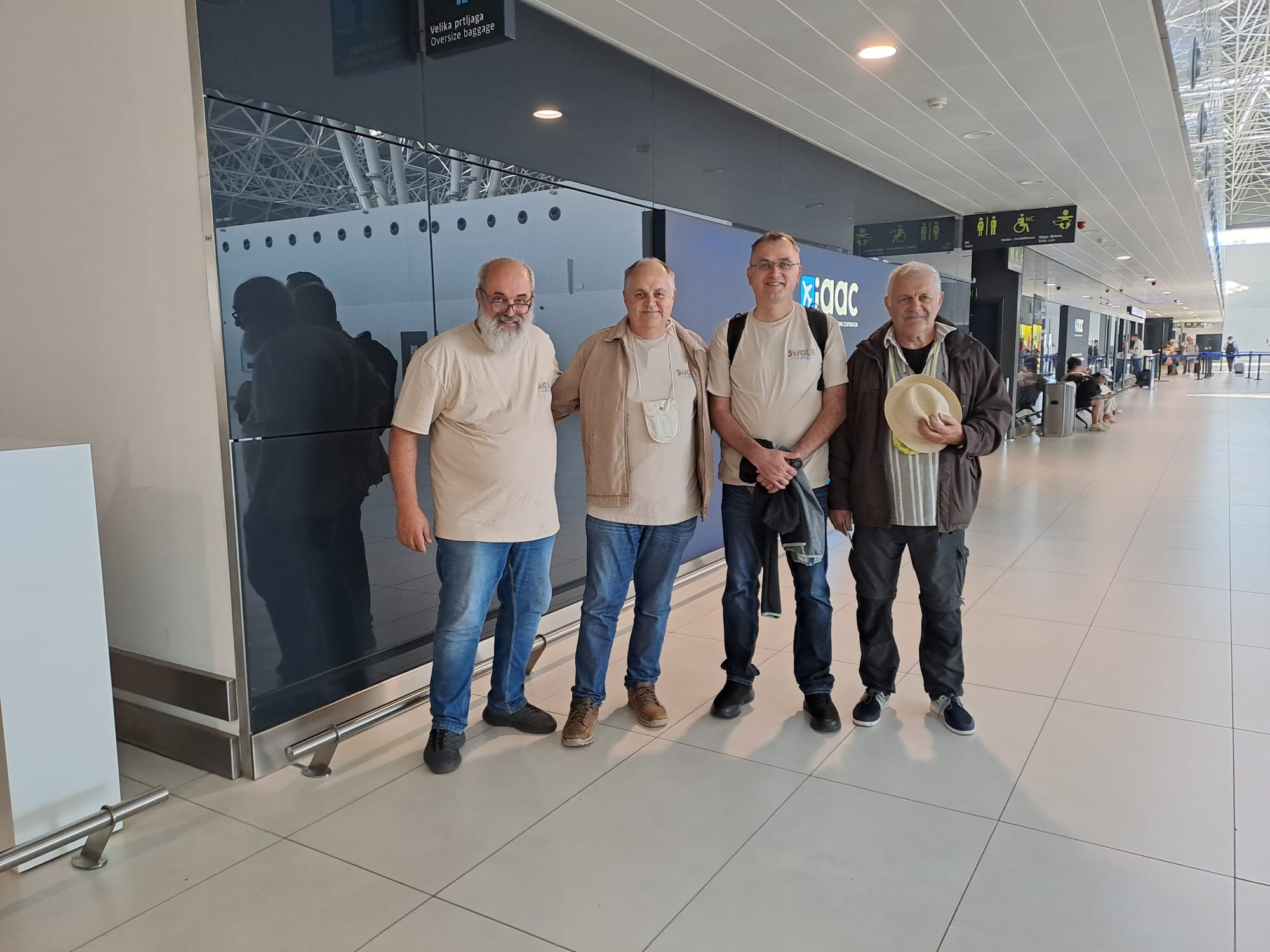
29.09.2023. we started our long journey. We met at the Zagreb airport and took a flight at 1630 to Doha, Qatar. We managed to find our way in the Qatar airport and transfer to a new flight to Auckland. We left around 2 hours Qatar time and after a 15 hour flight landed in Auckland at 4 am New Zealand time. Although we were a bit skeptical, our luggage arrived with us in New Zealand, a little cluttered but all accounted for.
After a few hours of negotiating with New Zealand customs due to a defective ATA carnet and the airline due to overweight and oversized luggage, we sat down in the transit zone and waited for the flight to Samoa with a pleasant conversation. After 21 hours of flying, those extra 5 and a half hours were a piece of the cake.
We arrive in Samoa at 19:00 local time, pick up the car from the rental car agency. Borut S50B was the bravest and drove the team slowly driving on the left side of the road in a car with automatic transmission to our Samoan QTH, Tilly’s apartment on Kelsey way in the village of Malololelei. As we arrived on Sunday and quite late, Atsu 5W1SA took over the keys to our cottage. At the same time, he filled the fridge with beer and food, for which we are grateful.
We arrived tired from the trip and immediately went to sleep so that at dawn on October 2. got up and started preparing the antennas. Livio, 9A7Y and I assembled the hexbeam and Borut S50B and Mladen 9A2NA went to purchase. The priority was a SIM card for the Internet and electricity vouchers. In Samoa, electricity is charged by subscription, vouchers are bought and the code from the bill is entered into the meter. When purchasing, you should specify the number of the gauge. Although it looks complicated at first, it is very simple and functional.
It was raining all day, but we managed to raise the hexbeam by 13:00 local time. After lunch, we prepared a DX commander vertical and a vertical for 160/80m, but darkness prevented us from completing them. The Hexbeam was immediately put into operation and the show began. In the first half day, 1300 CW QSOs. The Japanese and Americans are the loudest, but the EU is also doing well. The situation in the team is good, let’s move on.
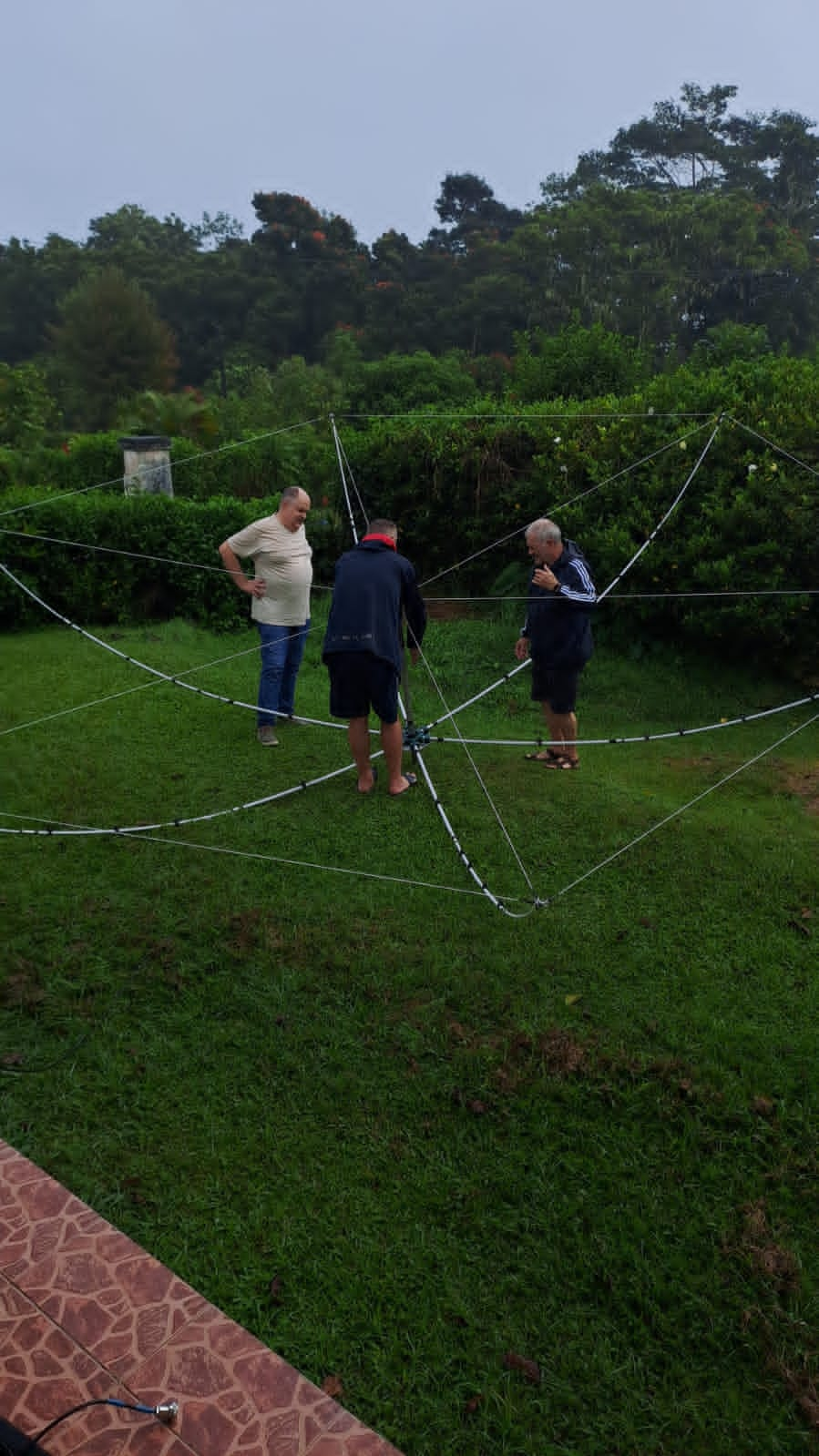
As we like to feel a good pile-up, we started with telegraphy and that will remain the primary mode of this expedition until the end. After a few days, when the first signs of fatigue appeared, we started with FT8. We have nothing against FT8, it gives a chance to stations with modest equipment, but I hope no one gets angry, FT8 connection is like non-alcoholic beer. It looks like beer, it smells like beer, but…
5W0LM was conceived as a low-budget expedition. 4 operators can hardly cover 2 operator positions 24 hours in 12 days, and in addition you have to go shopping and cook lunch. Therefore, work was done on one station and the other one was switched on if there were free operators and if the main station was not disturbed in reception. The main station had SPE1.5kW and TS590, and the backup station had IC7300. Luckily Atsu borrowed a Tokyo Hy Power amp with two 3-500z, a great addition for a backup station. In the morning, the VOACAP data as well as the data in the log were analyzed and on the basis of this data a general work plan would be made, trying to cover as many bands as possible and give a chance especially to the EU stations to do 5W. Higher bands were open towards the EU mostly in our late evening and the openings lasted quite a long time and the signals were strong. The highlight was 7. Oct in 700z when the TS590 receiver fell apart due to strong EU signals in a pile-up on 21280. Not a single callsign could be received, only unintelligible gurgling. Only after calling by the numbers RX recovered somewhat and some kind of run could be conducted.
The main antenna for the upper bands, the hexbeam, performed well as expected. It was enough to connect the wires and raise it to about 7m for it to work with a very good SWR over all bands. The DX Commander vertical was designed as the main antenna for 40m and 30m and as an auxiliary antenna for bands from 20 to 12m, and it performed that task very well, along with a dozen radials. For 80/160, a 15m high fiber vertical with a top hat of 4 wires 8m long and 8 radials 20m long was used. In the bottom of the vertical there were two tuning units that transform 50Ω to the impedance of the vertical. Although the antenna and adapters were tested before the expedition, it turned out that the SPE shuts down and refuses to work on 80m (although the SWR is 1:1) and when working with Atsu’s tube amplifier, a blue light is noticed on the capacitor in the tuning, probably due to high RF voltage at the supply point (and high humidity). It was concluded that we will only work on 160m for a few days, and after that we will modify the antenna to be resonant on 80m and connect directly without tuning.
Openings on lower bands towards the EU are short and, unfortunately, we can only work on one lower band at a time, so we try to give an equal opportunity to everyone to work for us. On 160 and 80m, it seems that we came at the wrong time of the year, the gray zone in the Samoan morning disappears before it covers central Europe, while in our twilight it gives a chance only to stations from western Spain, the Azores and the Canary Islands. Only a few stations from the central EU managed to reach us.
The antenna for 6m, 7el Yagi was donated by Steve HA0DU with the desire to do the EME connection. Preparations for 6m EME were made in 9A prior to departure with assistance from Dave KJ9I. We are on 4. 10. did an EME connection with Dave over the raising moon. Steve HA0DU was busy then, after a few days we tried to make a connection with him but without any success. At that time, the expedition with Swains W8H was already active, but they also had a problem wit 6m EME. We listened on 50190, the frequency of the W8S expedition and tried to make an EME connection with several NA EME enthusiasts on 50193 but without any decoding. The probable cause was the ES cloud that was stationed above us and disabled EME connections, but therefore enabled about 150 connections with East Asia and the Americas. A funny moment was when PY2XB called me, I was just falling asleep when he woke me up and started talking excitedly and I didn’t understand anything. It turned out that we “flaged” him on the PSK reporter and he didn’t hear us on the band. Then we switched the amplifier to 6m and did a QSO with it and several other SA stations. Where Fred got my number remains a mystery.
We didn’t have too much time to see Samoa, we only took the opportunity once for a short break and lunch on the south beach, some of us got our feet wet so we could say we had a swim in the Pacific and that was it, we were back in action.
We cooked for ourselves, mostly fish dishes. The first day we took tuna, very cheap, we ate it for days and finally gave the leftovers to Livi’s pet dog, Malalea. Twice we grilled fish, unknown to us, which turned out to be very tasty with garlic and olive oil. Even Atsu’s cute little daughter Yuki liked her. Along with fish, we also ate fruit, which is very affordable in Samoa, we ate plenty of papaya, bananas and jackfruit.
Sigfrido 5W0RS stopped by for a while and enjoyed talking in Italian after a long time.
After 31000 QSO’s and 12 days that passed like a dream, it was time to leave our Samoan base, Tilly’s apartment on Kelsey way, Malololelei. On Saturday, 14.10. early in the morning we disassemble the hexbeam, the last antenna, pack our things and load into the trusty Toyota. We leave the car at the rent-a-car agency and at 1330 we take off for Auckland. Upon landing in Auckland, we go through the formalities, arrive at customs, hand over the ATA carnet and the colleague’s note that we received upon arrival, and the customs officers look at each other in amazement. After half an hour of deliberation, they conclude that it would be best to leave our luggage at the New Zealand airline’s bag service. Our small group then, accompanied by three customs officers, drives the luggage across the airport, we arrive at the bag service where the duty officer looks at the customs officers and us in amazement. After half an hour of explaining, the agreement was reached, the devices stay overnight in the warehouse and we get a receipt. In the morning, we have to come to the Qatar Airways check-in and ask them for straps for our two suitcases and take these straps to the bag-service, which will further undertake the responsibility of forwarding our suitcases to Zagreb.
We take a taxi to a rented apartment not far from the airport and for the first time in 15 days we spend the night together. In the morning we watch the Ireland-New Zealand rugby match and return to the airport by taxi. At check-in, we ask for tapes for our suitcases, and the clerk looks at us in amazement. She asks us to bring suitcases for weighing but we explained that we cannot take suitcases out of the transit zone. After an hour of phone calls and consultations, the boss announces that everything has been resolved and that we are free to get on the plane and that we will pick up our luggage in Zagreb. We said…let’s see that miracle. While we were waiting for takeoff, we met Fran ZL1SLO and spent a couple of hours in a pleasant radio amateur conversation.
The plane to Doha took off at 4:00 p.m. It took almost 18 hours of flight to reach Doha, which we spent in restless sleep and watching movies. We land in Doha a little after 11 p.m. We wander around the transit zone until the morning, we board the flight to Zagreb and for another 5 and a half hours we land at the Zagreb airport. Miraculously, all the luggage is numbered, Deso 9A5TW welcomes us and takes us to our cars. Fellowship of the Ring parting with cakes at Suzana 9A3KLE. The adventure is over with the question: what is the next destination?
Fellowship of the Ring parting with cakes at Suzana’s 9A3KLE.
We would like to thank our sponsors:

